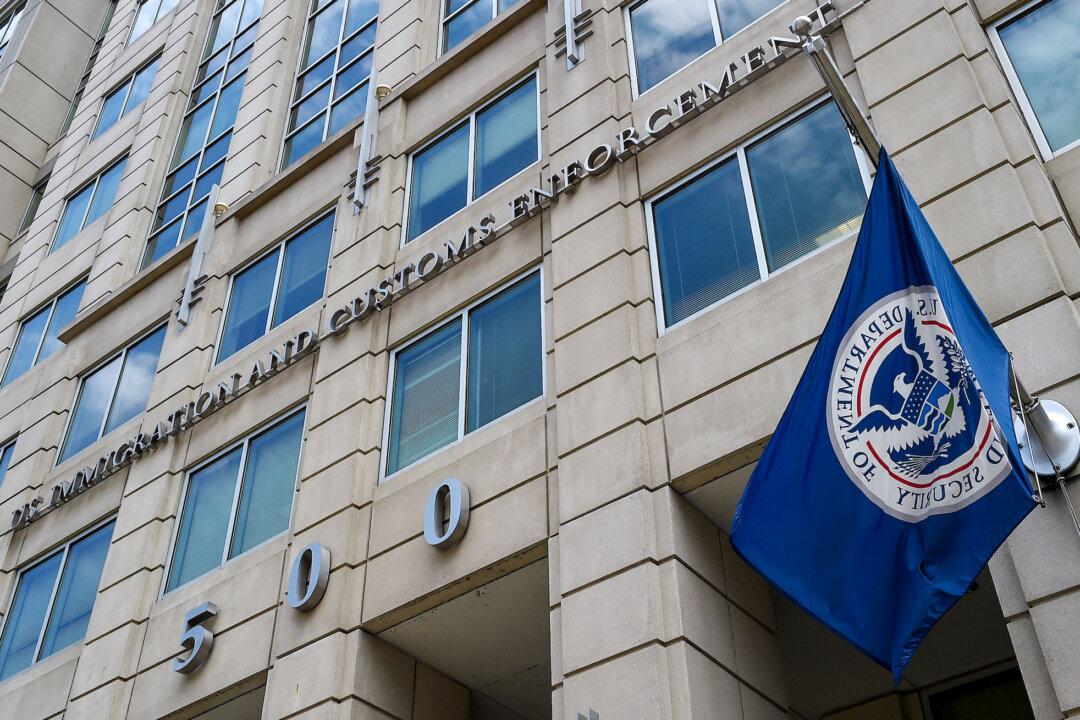Inflation in Germany picked up its pace in May on the back of high energy and food prices, with government data released on May 30 showing that annual price growth climbed to its highest level in nearly 50 years.
Inflation to Keep Rising?
On a month-over-month basis, inflation in Europe’s biggest economy rose to 0.9 percent in May from 0.8 percent in April, a sign that inflationary pressures have likely not yet hit their peak.“As much as we would like to see a levelling off in inflation rates, with the war in Ukraine and continued tension and upward pressure on energy, commodity and food prices, headline inflation in Germany will accelerate further in the coming months,” Brzeski predicted.
This stands in some contrast with recent U.S. inflation data, which suggested that inflationary pressures are starting to ease.
‘Still Too High’
Price growth in the United States slowed its pace in April, with the key PCE inflation gauge falling in both monthly and annual terms compared to the prior month and a sign that price pressures may be starting to dissipate.The pace of PCE inflation in the United States came in at 6.3 percent year-over-year in April, down from 6.6 percent in March, and at 0.2 percent month-over-month in April, down from a blistering 0.9 percent monthly pace of price growth.
The core PCE price index, which strips out food and energy and is the key inflation gauge relied on by the Federal Reserve in calibrating its monetary settings, rose 0.3 percent over the month and 4.9 percent over the year in April.
While the annual core PCE figure was a slight decline from March, it was still more than three times higher than the Fed’s 2 percent target.
Some analysts saw the U.S. inflation data as a sign that the Fed could have some more breathing room in its rate tightening cycle.
“While inflation levels in the 4 percent range are still too high for the Fed, we are seeing movement in the right direction,” Nationwide economist Dan Hadden wrote in a note. If the pace of inflation continues to stabilize or moderate, “it will likely give the (Fed) more flexibility later this year.”
Exiting Negative Interest Rates
Germany’s inflation numbers come ahead of a key meeting of the European Central Bank (ECB) next week, where officials are expected to announce a shift away from the easy money policies of recent years.ECB President Christine Lagarde recently suggested that quarter-point hikes in July and then September were likely.
“The ECB has clearly passed the stage of discussing whether and even when policy rates should be increased,“ Brzeski wrote in the note. ”The only discussion seems to be on whether the ECB should start with a 25 [basis point] rate hike in July or 50 [basis points].”
“Based on the current outlook, we are likely to be in a position to exit negative interest rates by the end of the third quarter,” Lagarde wrote.
The ECB’s key rate is currently set at minus 0.5 percent.





